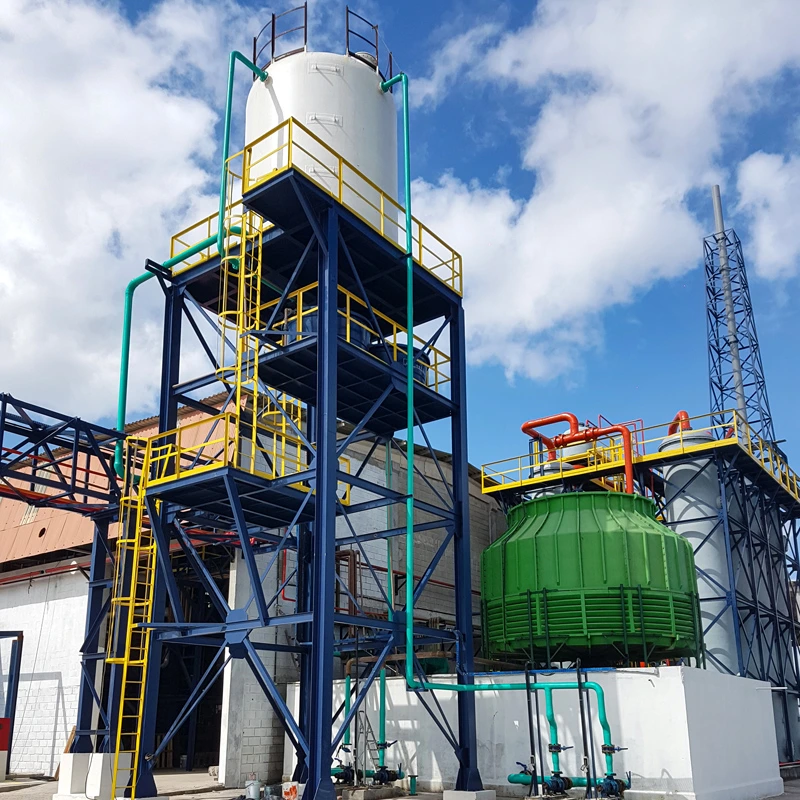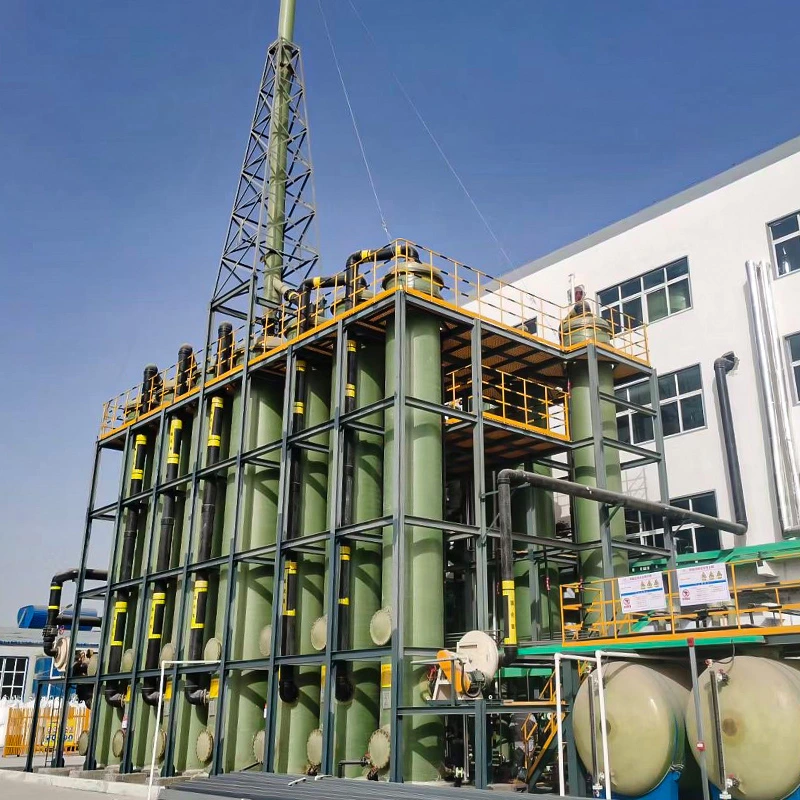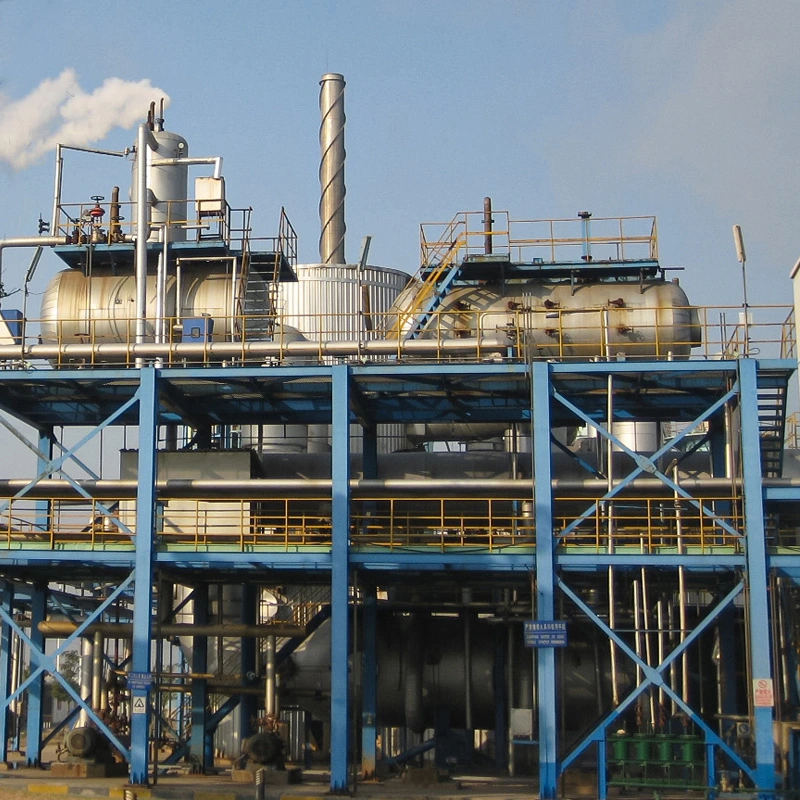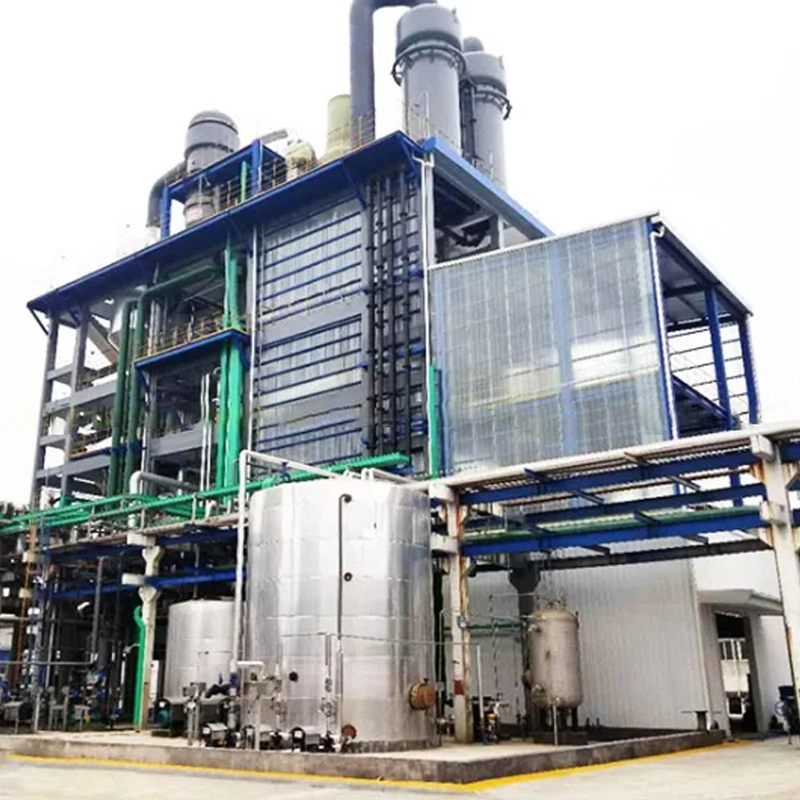
The Basics of Sodium Sulphate Manufacturing
Key Raw Materials Used in Production
Sodium sulphate production mostly relies on raw materials like sodium chloride (table salt) and sulfuric acid. These are needed to start the chemical reactions that make sodium sulphate. Some methods use natural sources, like mirabilite, a mineral form of sodium sulphate. The materials chosen depend on the production process and their availability.
Primary Applications of Sodium Sulphate
Sodium sulphate is an all-purpose chemical that finds entry into industries to perform multiple purposes. From improving the performance of washing powls to assist in the manufacture of paper by way of Kraft paper making in the paper industry to normalizing the uptake of dyes in dyeing processes for textiles to gain consistent color output. Also being used in the manufacture of glass to degas air bubbles in liquid glass to provide a superior finish.
Importance of Sodium Sulphate in Various Industries
Sodium sulphate is valuable because it boosts efficiency and quality in many industries. In detergents, it improves cleaning while keeping costs low. In textiles, it makes dyeing more precise, creating better fabrics. In glassmaking, it ensures clear, perfect glass. Its many uses show why sodium sulphate is a vital industrial chemical.

Processes Involved in the Production of Sodium Sulphate
Natural Sources and Mining of Sodium Sulphate
Sodium sulphate can come from natural deposits of mirabilite or Glauber’s salt. These are often found in dry areas or salty lakes. They are gathered through mining or evaporation methods. After gathering, the material is cleaned to remove dirt. This makes it meet industry needs.
Chemical Methods for Manufacturing Sodium Sulphate
Mannheim Process
The Mannheim process is a popular way to make sodium sulphate. It mixes sodium chloride with sulfuric acid at high heat. The reaction occurs in a muffle furnace heated above 600ºC. Hydrogen chloride gas comes out as a byproduct. Sodium sulphate forms as a solid. This process also helps make hydrogen chloride and potassium sulfate from potassium chloride and sulfuric acid. Better equipment and methods have led to an efficient potassium sulfate production system. This approach uses less energy and ensures full reactions.
Glauber’s Salt Conversion Process
Another method changes Glauber’s salt (sodium sulfate decahydrate) into anhydrous sodium sulphate. This happens by heating it to remove water. The process works well when Glauber’s salt is easy to get.
Modern Techniques and Advancements in Sodium Sulphate Production
Eco-Friendly and Sustainable Manufacturing Practices
New methods focus on eco-friendly ways to produce sodium sulphate. These cut down on environmental harm. Waste recovery systems collect and reuse hydrochloric acid (HCl) during production. This follows environmental rules. Better furnace designs save energy. They also reduce emissions. New materials and tools for hydrochloric acid absorption work better. They help solve environmental problems.
Automation and Technology Integration in Production Plants
Automation has improved sodium sulphate production. It makes work easier and more accurate. PLC control systems handle production tasks. They adjust material amounts, cut labor costs, and keep output steady. These systems make tasks simpler. New technologies help produce more with steady quality. They also need less manual work.

Challenges and Solutions in the Manufacturing Process
Environmental Concerns Related to Sodium Sulphate Production
Making sodium sulphate, especially with the Mannheim process, brings environmental issues. The process mixes sodium chloride with sulfuric acid at high heat. This creates hydrogen chloride gas as a byproduct. If not handled well, this gas can pollute the air. Waste recovery systems reuse hydrochloric acid (HCl). This meets environmental needs. High energy use for furnaces above 600ºC adds to carbon emissions.
To fix these issues, modern plants use green methods. Better furnace designs save energy. They also cut emissions. New materials and tools for hydrochloric acid absorption work better. These steps reduce harm and follow strict rules.
Addressing Quality Control Issues in Manufacturing
Keeping product quality steady is a big challenge in sodium sulphate production. Changes in raw material purity or process settings can lead to low-quality products. Manufacturers use new technologies to fix this. Automation and real-time monitoring help. PLC control systems manage tasks and material amounts. They cut labor costs and keep production steady. These systems also make work easier.
Key equipment parts are made from materials that resist corrosion. This ensures they last and work accurately. Better flue designs in furnaces save energy. Gas generators heat efficiently. These steps improve quality and cut inefficiencies.

Aoliande Company and Its Product Range
Introduction to Aoliande’s Expertise in Sodium Sulphate Manufacturing
Hebei Aoliande Chemical Equipment Co., Ltd. is a top name in chemical equipment production. It focuses on building Mannheim process potassium/sodium sulphate production lines. Aoliande leads because of its new ideas and technical skills. By using new tools and improving methods, the company offers great work, reliable quality, and good service.
Aoliande’s sodium sulphate equipment is special. It solves common industry problems. For example, their better furnace designs heat evenly. This leads to full reactions and less energy use. Their waste recovery systems reuse byproducts like hydrochloric acid. This supports green goals.
Other High-Quality Products Offered by Aoliande
Besides sodium sulphate production lines, Aoliande offers many high-quality products for different industries. These include:
- Hydroxypropyl Methylcellulose Production Lines: Used in construction for thickening.
- Calcium Chloride Production Lines: Needed for de-icing roads and dust control.
- Water Soluble Fertilizer Production Lines: Made with dust-free feeding to cut pollution and worker risks.
- FRP Equipment: Includes pipe filament winding machines, tank filament winding machines, molded grating machines, pultrusion machines, and rebar machines.
Aoliande’s products are sold worldwide, including in the USA, Brazil, Japan, Germany, India, Malaysia, Iran, and Egypt. They have earned trust from customers globally. This shows Aoliande’s focus on quality and customer happiness.
FAQ
Q: What makes Aoliande’s sodium sulphate production line unique?
A: Aoliande’s production line has better furnace designs. These heat evenly and ensure full reactions. They also save energy. Waste recovery systems reuse hydrochloric acid well.
Q: How does Aoliande address environmental concerns in manufacturing?
A: Aoliande uses green methods. Better furnace designs cut emissions. New hydrochloric acid absorption tools work better and solve environmental issues.
Q: What other products does Aoliande manufacture?
A: Aoliande makes hydroxypropyl methylcellulose production lines, calcium chloride production lines, and water-soluble fertilizer equipment with dust-free feeding. It also produces FRP machinery like filament winding machines.
Q: Can customers visit Aoliande’s facilities?
A: Yes, customers can visit Aoliande’s facilities. They can learn about or see their modern production methods.
Q: How does automation improve quality control in sodium sulphate manufacturing?
A: Automation ensures accurate task control. PLC systems handle material amounts well. They keep production quality steady.
For inquiries about our sodium sulphate production plant, contact us via WhatsApp: +86-13363884492 or Email: belen@aldfrp.com.





